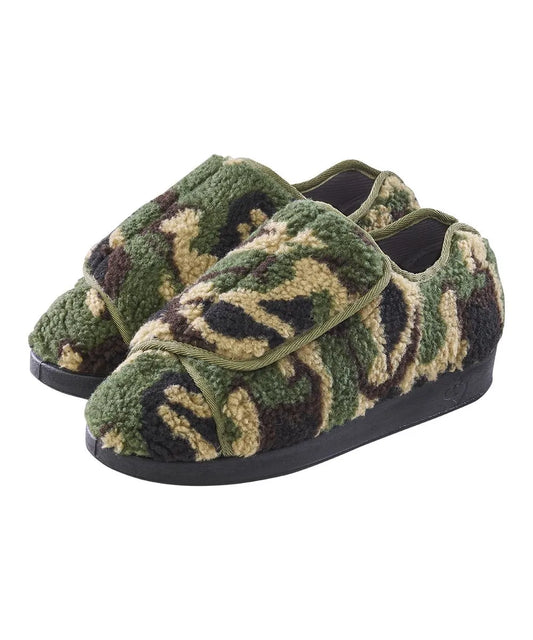Childhood disabilities can profoundly affect an individual's development. For caregivers of special needs children, teaching them to dress independently can be a unique challenge. This crucial skill development is just as important to their personal growth and maturation as it is for any child.
Often, caregivers face a range of challenges in dressing their children independently. It may take longer for them to learn the necessary skills and techniques, and they may require additional support or adaptations to clothing. However, with perseverance, children with disabilities can develop the necessary skills to dress independently. This will not only promote their autonomy and self-confidence but also prepare them for life as an adult with a disability.
Unlocking Independence: Empowering Your Child with Dressing Skills
Below are several strategies you can implement to help your child dress independently.
Offer Support:
Using the hand-over-hand or hand-under-hand techniques are great ways to help guide your child who needs additional support while dressing. It’s important to respect your child's boundaries and ensure they are comfortable with the level of physical contact.
- The hand-over-hand technique involves parents placing their hands over the child's hands to assist them throughout the dressing process. This helps the child understand the movements and actions required to complete each dressing task while receiving physical support. Essentially, the parents can teach the child a sequence that will help them develop a sense of independence.
- The hand-under-hand technique involves the parents placing their hands underneath their child's hands to support each dressing task. This dressing technique helps in the security and control of the child, as they can participate while feeling the support and guidance of their caretaker.
As you go, adjust the level of assistance based on your child's abilities. Both techniques can be effective depending on your child's needs.
Choose Easy Dressing:
Clothing that is easy to put on and take off can promote independence and minimize frustration for children, parents, and caregivers. Adaptive clothing offers specifically designed clothing, footwear, and accessories that can simplify the dressing process with features such as
- Easy fastenings in the form of velcro straps, magnetic closures, and strap closures
- Open-back or front-closures
- Stretchable fabrics
- Side or shoulder openings
- Seamless construction can help reduce friction and eliminate discomfort
Easy dressing in the form of adaptive clothing not only fosters independence but boosts self-esteem and enhances the overall dressing experience for children with various disabilities.
Make Use of Adaptive Aids:
Adaptive aids such as button hooks, zipper aids, and dressing sticks can be highly effective in helping children with disabilities or limited dexterity manage to dress themselves independently. This type of assistive technology can help in many ways, from buttoning clothes that are typically hard to fasten to providing minimal assistance by pulling up an individual's zipper.
It may be helpful to get the proper consultation of an occupational therapist or healthcare professional who can assess your child’s requirements and recommend a suitable adaptive aid for their unique circumstances. With time and familiarity, children can become more proficient in using these aids to gain confidence in managing their dressing and clothing routine.
Lay it Out:
Lay out clothing in advance. This can be highly beneficial for children with disabilities as it helps in many factors such as
- Facilitates decision making
- Supports fine motor skills by alleviating the need for intricate movements associated with selecting and manipulating clothing
- Collaboration and communication
- Reduces time, pressure, and stress
To facilitate dressing for your child with a disability, arrange clothes in sequential order or stack them with the first garment on top. You can also create a picture board illustrating each step, helping your child understand the dressing process and what comes next. Laying out clothing not only helps establish a structured routine between the parent and child but also contributes to a positive dressing experience.
Practice Patience:
Parents need to practice patience when their children are facing difficulties in dressing. As a parent, it is best to celebrate the little wins your child is experiencing in the form of independent living. By exuding patience, you not only encourage independence, but you build trust with your child. In the end, this helps support an environment of learning and adaptation - helping nurture the child's well-being.
In conclusion, promoting autonomy and independence in your child will only benefit them as they grow into their adolescence. By implementing these strategies and providing the necessary support, you can help empower your child to master dressing skills. Remember to keep in mind that each child progresses in their way, so be patient and celebrate their independence.















